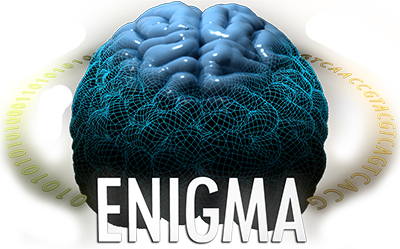ENIGMA-Brain Age
Background
The brain’s structure and function change as we age, and this brain ageing is associated with declines in cognitive performance and an increased risk of neurodegenerative diseases and dementia. Neuroimaging can be used to produce a biomarker of the brain ageing process. This can be done using machine learning to build models of healthy brain ageing, where chronological age can be predicted using neuroimaging data. Having a brain-predicted age that is higher than chronological age has been associated with neurological and psychiatric diseases, physiological conditions and future health outcomes, including dementia and mortality risk.
Goals
The ENIGMA-Brain Age working group will further develop the methodology underlying prediction of brain age and make the tools for generating brain age scores available to the rest of ENIGMA and the wider scientific community.
Specifically, our goals are:
1) To optimise a model of brain age using Freesurfer thickness and volume measures
2) To explore methods for sharing unprocessed T1-weighted MRI for brain age modelling, potentially using distributed processing approaches
3) To build new models of brain age using diffusion-MRI, fMRI, or other modalities and to build multi-modal models
4) To build longitudinal models of brain ageing
5) To facilitate research in genetic, environmental and disease influences on brain ageing
6) To make brain age tools available to the community. Our first model can be accessed here: https://www.photon-ai.com/enigma_brainage
Members
See list of current ENIGMA-Brain Age working group participating members here.
Contact
If you are interested in joining the ENIGMA-Brain Age working group or in having brain age predicted on your dataset, please contact Dr James Cole.


